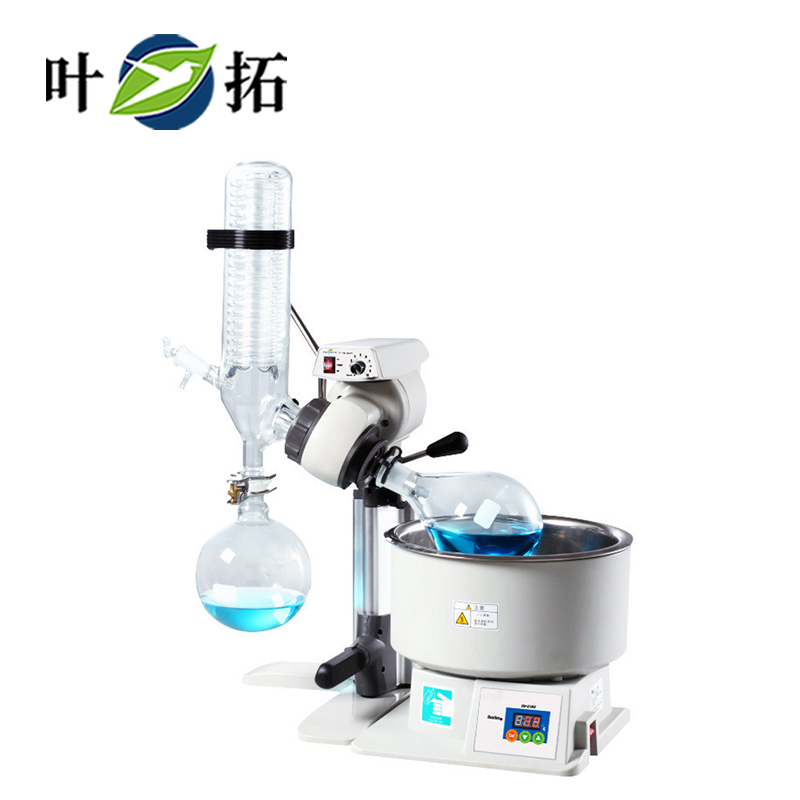Optimize vacuum conditions: Laboratory rotary evaporators are usually equipped with vacuum pumps to reduce the boiling point of solvents and accelerate evaporation rates by reducing pressure. Ensure the normal operation of the vacuum pump and adjust the vacuum degree appropriately to improve distillation efficiency.
Control heating temperature: Appropriate heating temperature can accelerate the evaporation rate of solvents. Choose the appropriate heating temperature based on the properties and requirements of the solvent. Be careful not to overheat the solvent to avoid overflow or solvent degradation.
Optimize speed: The laboratory rotary evaporator increases the contact area between solvent and air by rotating the sample in the bottle, enhancing evaporation. Adjust the appropriate rotation speed according to the properties and concentration of the solvent to achieve good distillation results.
Efficient cooling system: Laboratory rotary evaporators are usually equipped with cooling devices to cool the steam generated during the evaporation process, allowing it to quickly condense. Ensure the normal operation of the cooling system, maintain appropriate cooling effect, and improve distillation efficiency.
Optimization operation skills: Proficient in operating laboratory rotary evaporators, including sample loading, vacuum extraction, heating control, etc. Follow the recommendations and precautions in the operation manual, adjust parameters and operating steps reasonably to achieve higher distillation efficiency.
Selection of evaporating dish: Choose a suitable evaporating dish according to actual needs, ensuring that its capacity and shape are suitable for the volume and characteristics of the sample. Reasonable selection of evaporating dishes can improve the uniformity and efficiency of evaporation.
It should be noted that improving the distillation efficiency of the laboratory rotary evaporator requires comprehensive consideration of multiple factors and adjustment and optimization based on actual situations. Be cautious during the operation process, ensure no risks, and follow laboratory standards and relevant operating guidelines.


 Alibaba Store
Alibaba Store Tmall Store
Tmall Store Jingdong Sstore
Jingdong Sstore







